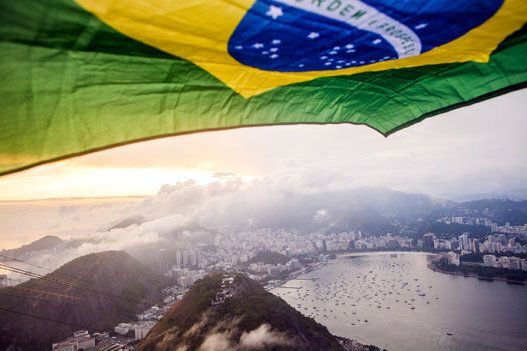Crawling with vines and laced with graffiti, crumbling concrete structures that once hosted the world's greatest athletes now look like giant, weathered tombstones in an Olympic graveyard. They are the skeletons from the 1984 Winter Games in Sarajevo, peppered with bullet holes from the Bosnian War.
Likewise in Munich, weeds reclaim train tracks leading to an abandoned station built for the 1972 Summer Games. In Athens, Olympic diving pools sit empty, now just craters in the concrete only a decade after the Games of 2004.
Among the incentives to host a major international sporting event is the promise of an enduring legacy of infrastructure for future generations of athletes and citizens to enjoy. The scenes from Sarajevo, Munich and other long-ago hosts serve as eerie reminders to current and future host cities of the need to incorporate sustainability into their plans. Their lessons have sparked some exciting creativity in modern organizers, who are leveraging the urban planning challenge into an opportunity for sustainable development.
After the closing ceremony and mass exodus of athletes from the Commonwealth Games in Glasgow, which began last week, the city will convert the athlete's village into Scotland's first low-carbon community, including 700 homes, a 120-bed eldercare home, community centre, nursery and pharmacy. All 13 venues are slated for use after the event by national sports organizations, local clubs and city programs.
The long-term viability of venues has become a focal concern for the global sporting movement. In 1994, the International Olympic Committee (IOC) added sustainability as a third pillar of Olympism (after 'Sport' and 'Culture'). That year, the Winter Games in Lillehammer. The first "green games" -- according to the IOC -- saw more than 20 projects transform the city, including the relocation of Hamar Olympic Hall's entrance to protect a bird sanctuary and an ice hockey venue built underground to conserve energy.
Lillehammer's legacy inspired host cities like Vancouver, where reclaimed wood was used to construct the Richmond Olympic Oval in 2010 and the city created one of the greenest communities in the world when it repurposed its athlete's village and converted it into condo space.
Two intrepid French architects have big plans for the twelve stadiums of Brazil's recent World Cup of soccer. They propose offsetting the $250,000 per month maintenance fee with affordable housing complexes for 20,000 residents inside the stadiums, with the pitch preserved in the middle. The plan integrates the $4 billion infrastructure -- built for a month-long event -- into a long-term plan to help Brazil's homeless and at-risk population who currently reside in some of the world's worst urban slums.
It seems that the global athletic events of the future will leave something other than crumbling ruins behind, as short-term sporting venues are built with social development in mind. We can only hope so much for Toronto's 2015 Pan Am Games. With a total budget of $1.44 billion, the creative opportunities for a sustainable legacy, like the athletes themselves, know no limits.
Brothers Craig and Marc Kielburger founded a platform for social change that includes the international charity, Free The Children, the social enterprise, Me to We, and the youth empowerment movement, We Day.
